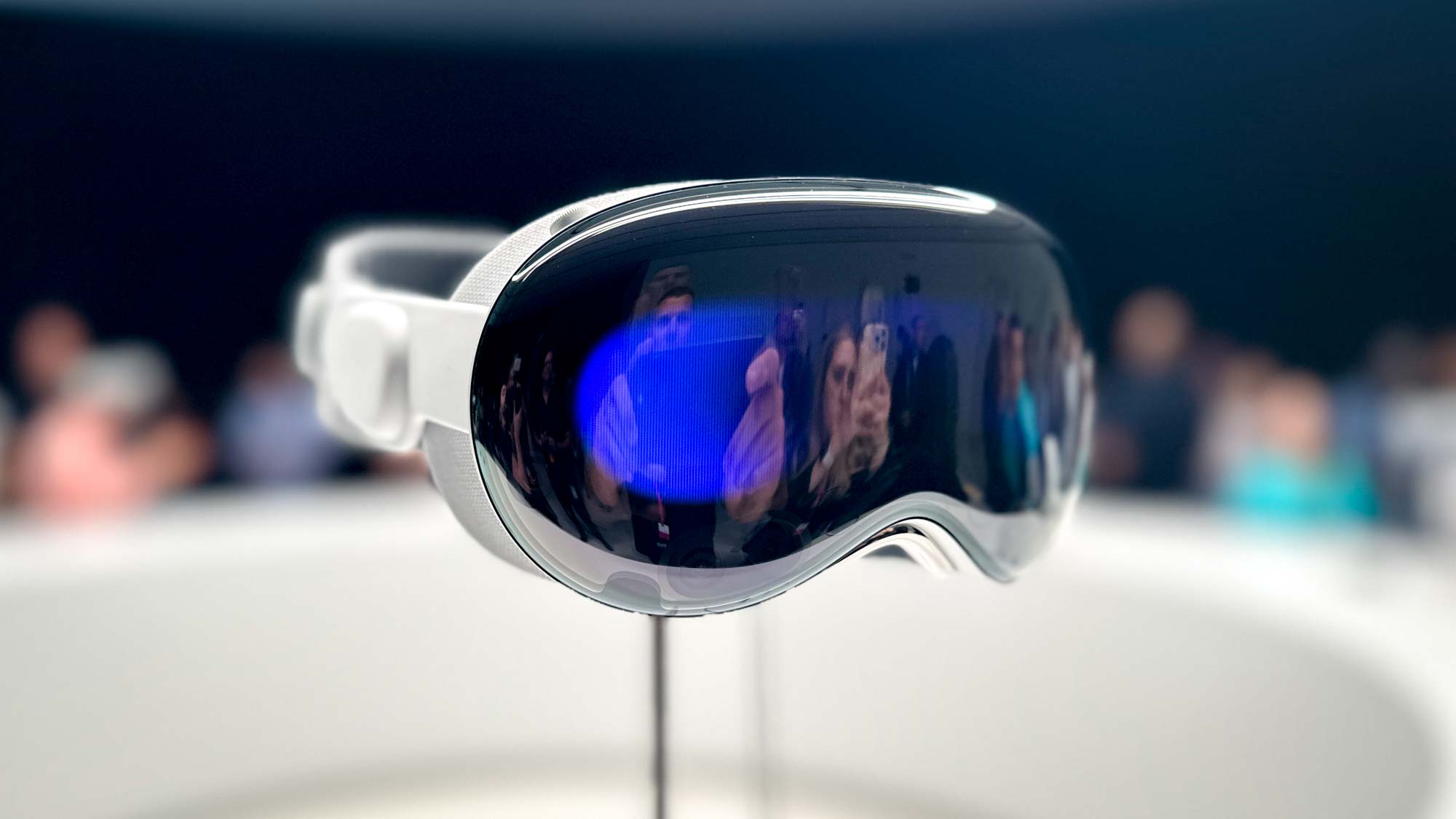Garmin Fenix 7 vs. Epix 2 — which smartwatch should you buy?
We put Garmin’s adventure watches to the test
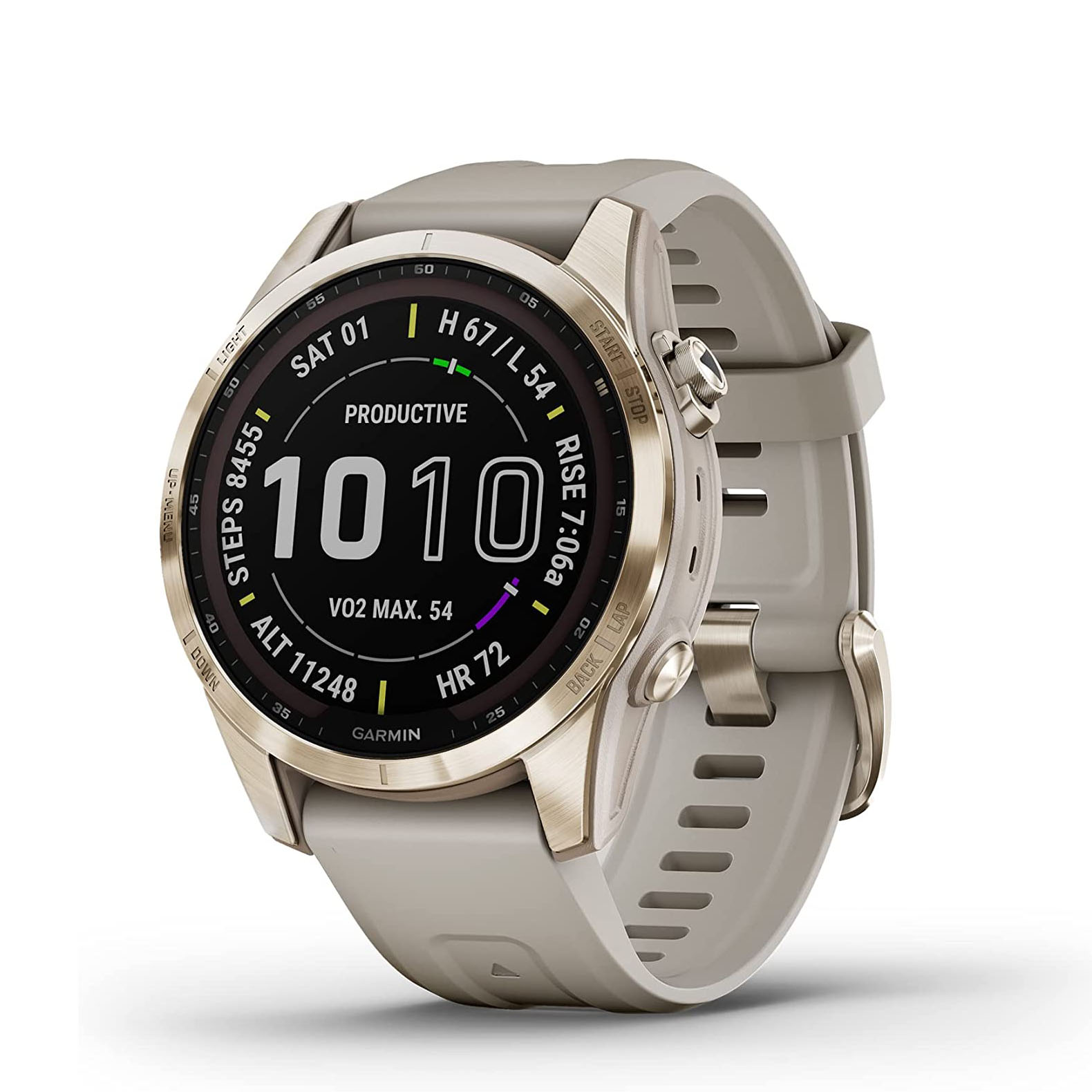
While the two watches look pretty similar, the Fenix 7 is definitely an upgrade. With new Garmin training tools, a touchscreen, and a longer battery life, the Fenix 7 is the best of the best.
Pros
- New training tools
- Brilliant touchscreen display
- Fenix 7X flashlight
- Long battery life
Cons
- More expensive than Fenix 6
- Duller screen than Epix 2
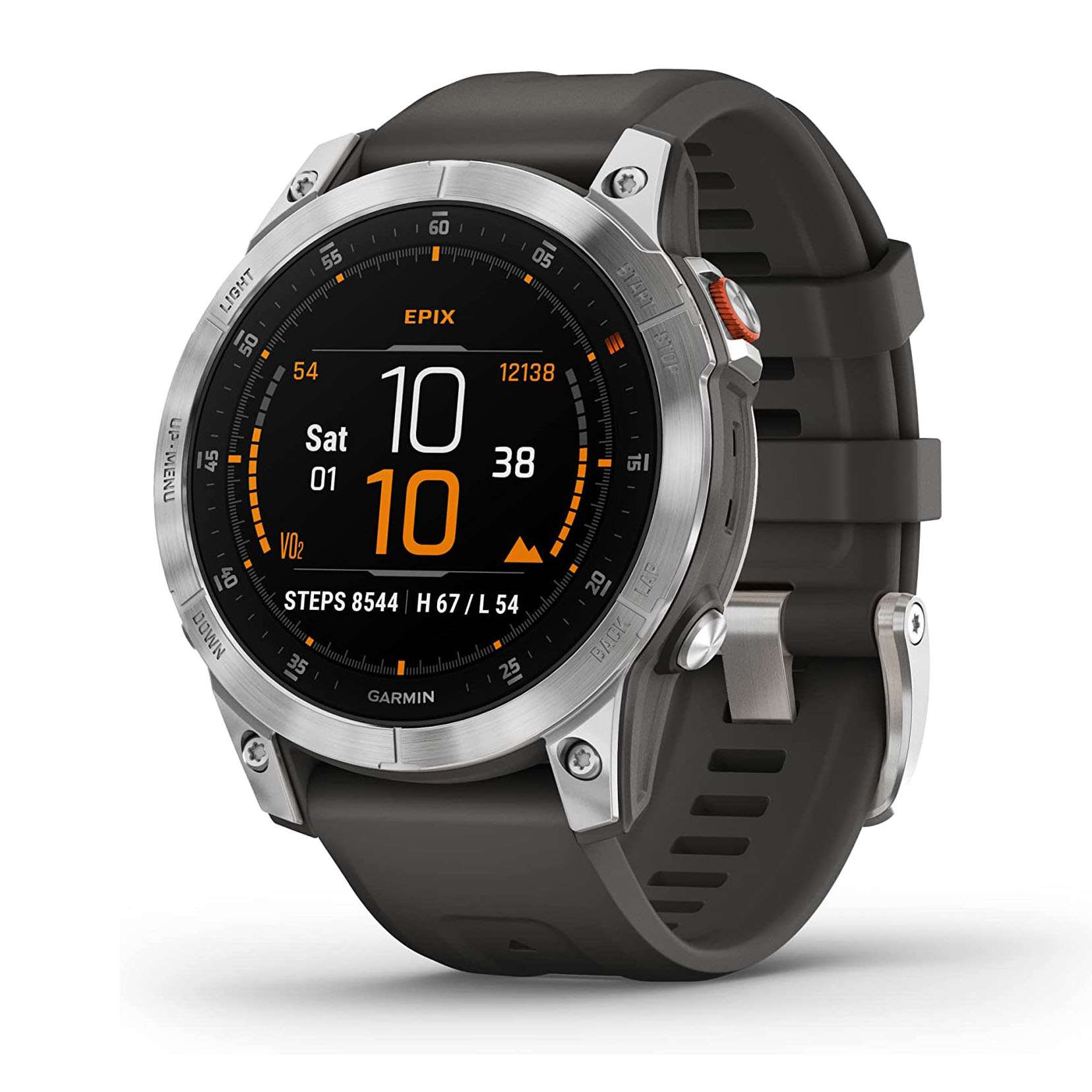
The Garmin Epix 2 is a beautiful multi-sport watch, with a beautiful high-resolution AMOLED screen. It might sound superficial but this screen does make a difference when following maps or workouts on the watch.
Pros
- Gorgeous design
- Bright display
- Long battery life
- Lots of tracking features
Cons
- Not many smartwatch features
- Only comes in one size
The Garmin Fenix 7 and the Garmin Epix Gen 2 are both top-of-the-line Garmin watches, designed for adventure, but if you’re trying to decide between the two, the choice can be tricky. They might look similar, but there are some key differences between these top-tier watches.
Firstly, it’s worth noting that there is only one Epix model, whereas the Fenix line contains eight different configurations, with different features in each, such as solar charging, extra-tough sapphire crystal, and different sized bezels. The Fenix line has something for everyone, and the basic Fenix is cheaper than the second generation Epix.
That said, the Epix has one huge advantage over the Fenix 7 line and that is its beautiful high-resolution AMOLED screen. It looks and feels more premium, and although it might sound like a superficial benefit, the brighter screen really is an asset whether you’re running outdoors using a map, or following one of the guided workouts in the gym.
We’ve put both watches to the test, and below we’ll take a deep dive into the similarities and differences between the Garmin Fenix 7 and the Garmin Epix 2 to help you decide which to buy.
Garmin Fenix 7 vs Garmin Epix 2: Price and availability
As mentioned, the basic Fenix 7, without solar charging or a sapphire screen, is cheaper than the Garmin Epix 2. The Fenix 7 starts at $699.99 / £599.99 / AU$1,049 for the standard 42mm or 47mm version. The range gets more expensive with additional features, however, with the most expensive Fenix 7X Sapphire Solar costing $999.99 / £859.99 / AU$1,499. With the heftier price tags, it's worth checking our Garmin coupon codes to see if we can save you a little on your purchase.
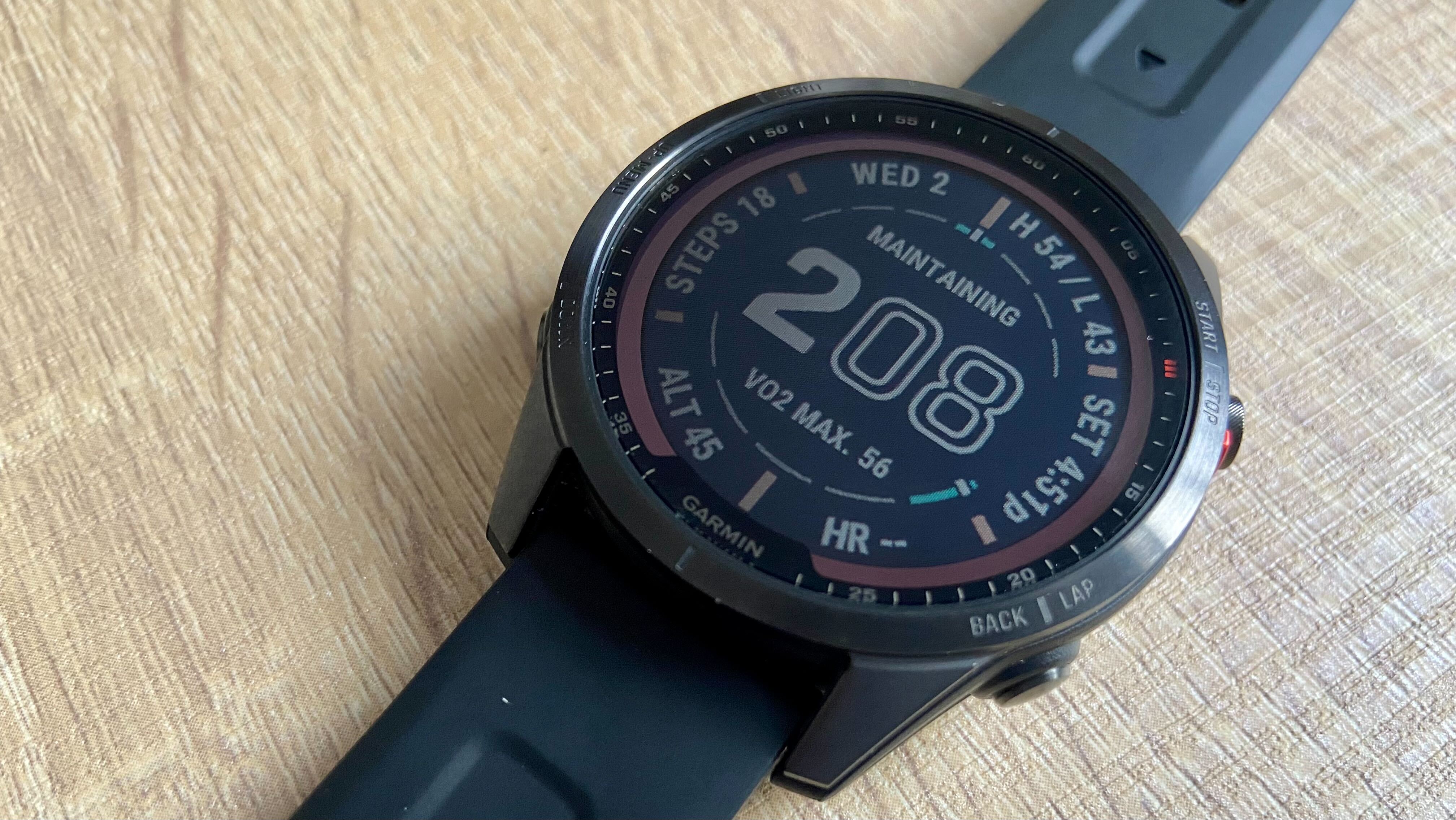
The Epix second gen, on the other hand, starts at $899.99 / £799.99 / AU$1,399 for the standard watch, which has a stainless steel case and a toughened glass lens. There are two more expensive options available — there’s a titanium model which costs $999.99 / £899.99 / AU$1,499. A version with a titanium case, sapphire crystal screen, and a leather band which is available only in the UK and Australia, retails at £999.99 / AU$1,549. There is no solar version of the Epix available.
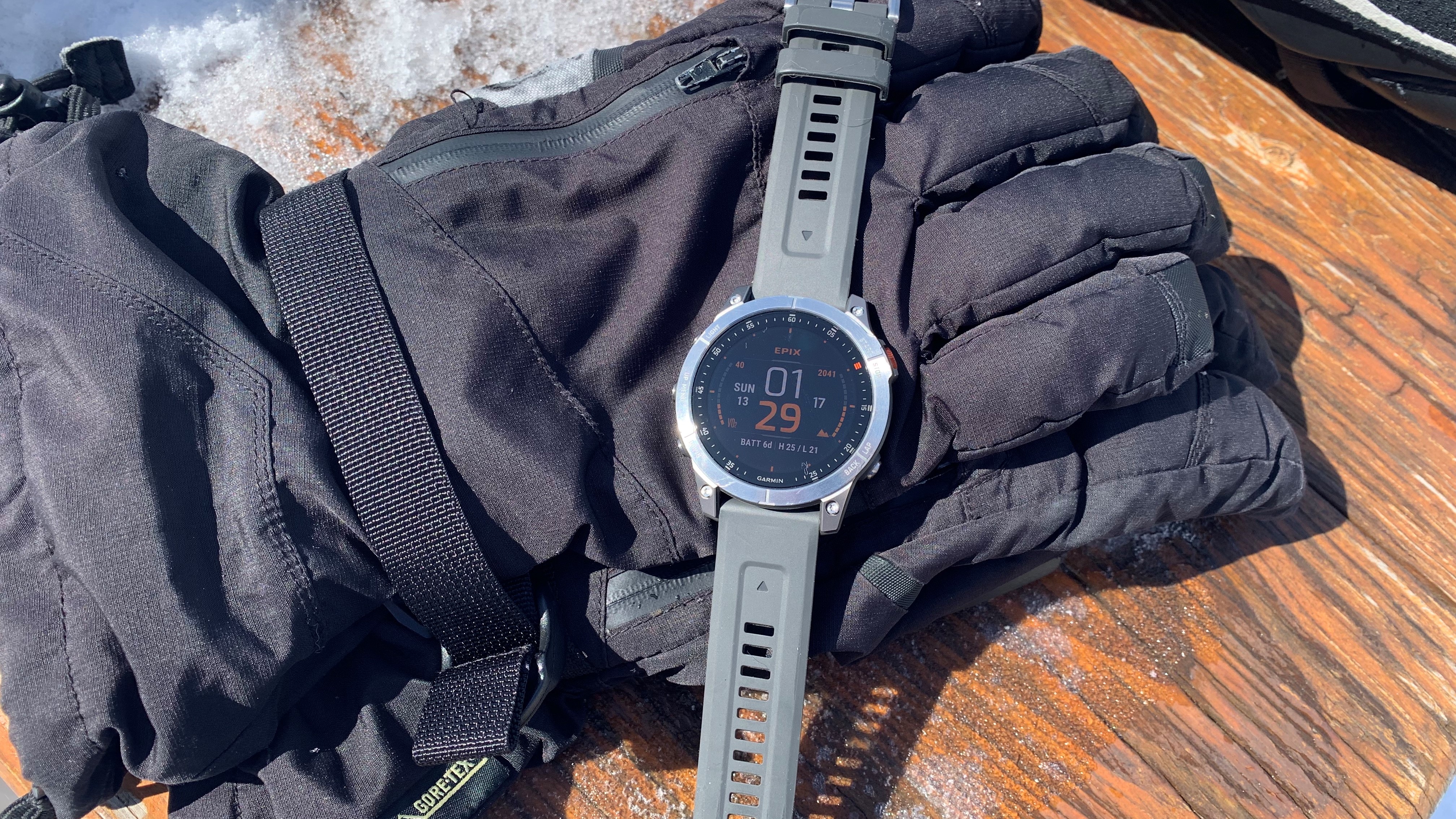
When it comes to price, the basic Fenix 7 is $200 cheaper than the Epix, so if you’re on a budget, this is the more affordable smartwatch.
Get instant access to breaking news, the hottest reviews, great deals and helpful tips.
Winner: Garmin Fenix 7
Garmin Fenix 7 vs Garmin Epix 2: Design and display
The Fenix 7 comes in three different sizes — 42mm (7S), 47mm (7) and 51mm (7X). There is also a Solar, and Solar Sapphire version of each version.
By contrast, the Epix 2 is only available with a 47mm case. While a 47mm watch isn’t overly huge on the wrist, if you do have exceptionally tiny wrists, it might look like a bit of a statement.
Similar to the Fenix 7, the Epix has exposed screws on the lugs — these are both clearly designed for sports, not to look fashionable with a shirt in the office, although the Fenix 7S has a more streamlined design without the visible screws. Both watches come with a silicone strap as standard, but these can be swapped with Garmin’s nylon, metal, or leather bands.
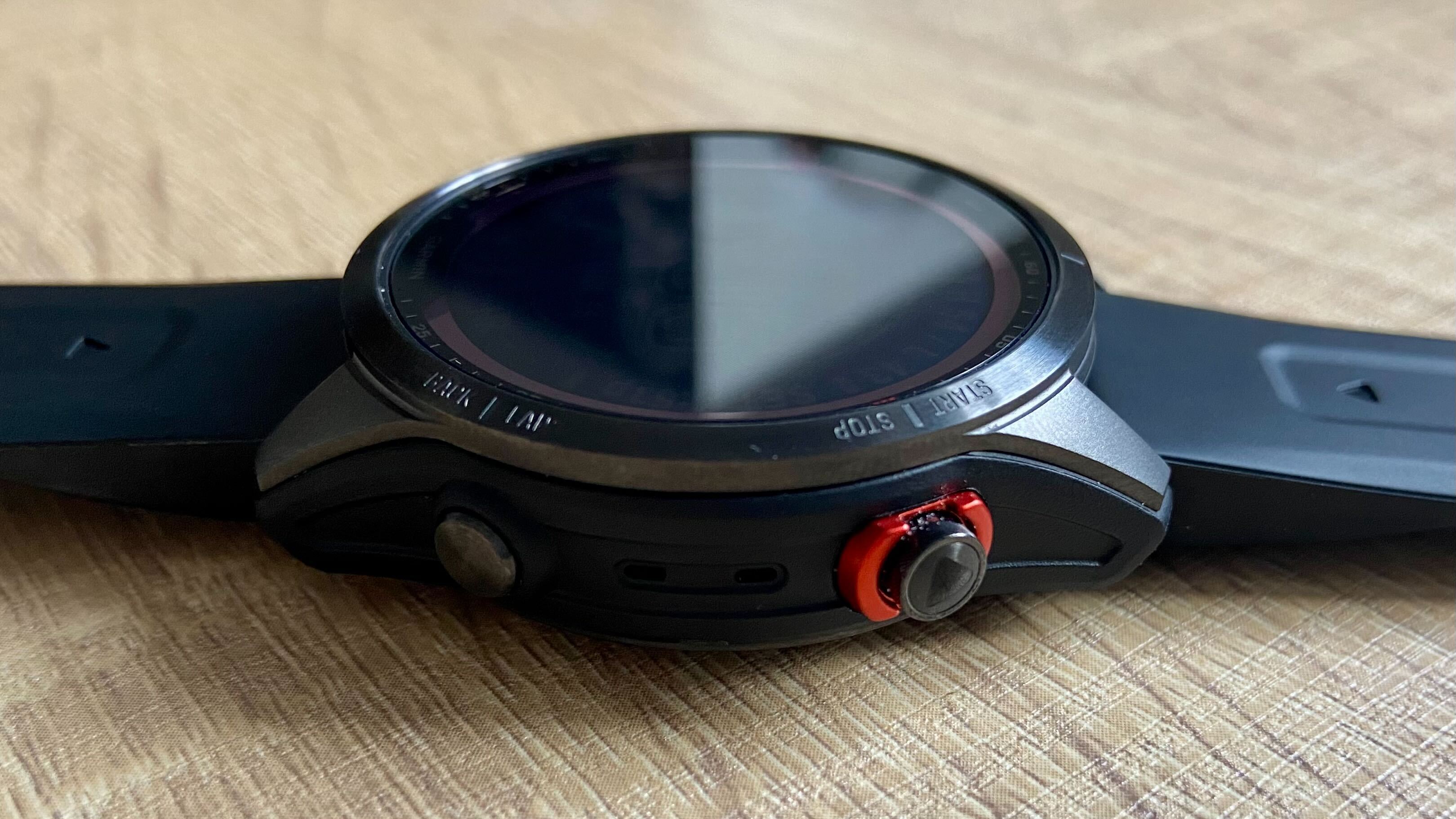
Both the Fenix 7 watches and the Epix 2 have five buttons — two on the right, three on the left — that are used to navigate around the watch. Both watches also have a touchscreen; however, by default, pretty much all of the sports modes on the Fenix 7 and Epix 2 have the touchscreen disabled, so you can still use the buttons when on the run, or when wearing gloves.
The main design difference, however, between the watches lies in the screen. While both have a touchscreen — a first for an adventure watch for Garmin — the watches in the Fenix 7 line have transflective memory-in-pixel (MiP) displays, while the Garmin Epix has a color AMOLED screen.

There’s no arguing that AMOLED displays just look a lot better than the transflective screens. That said, one benefit to older transflective displays is that they’re extremely easy to read in the sunlight; similar to a cat’s eye, this type of screen uses the sun itself to increase its brightness, so during testing, we were worried that Garmin’s transition to AMOLED would make the Epix harder to see on bright days. This wasn’t the case, however.
The screen on the Epix is much brighter and more vibrant, especially when using on-screen animations in workout modes. The Epix also has a higher screen resolution of 416 x 416 pixels, making the maps more detailed. The Fenix range has resolutions of 240 x 240 pixels for 42mm models, 260 x 260 pixels for 47mm models, and 280 x 280 pixels for 52mm models.
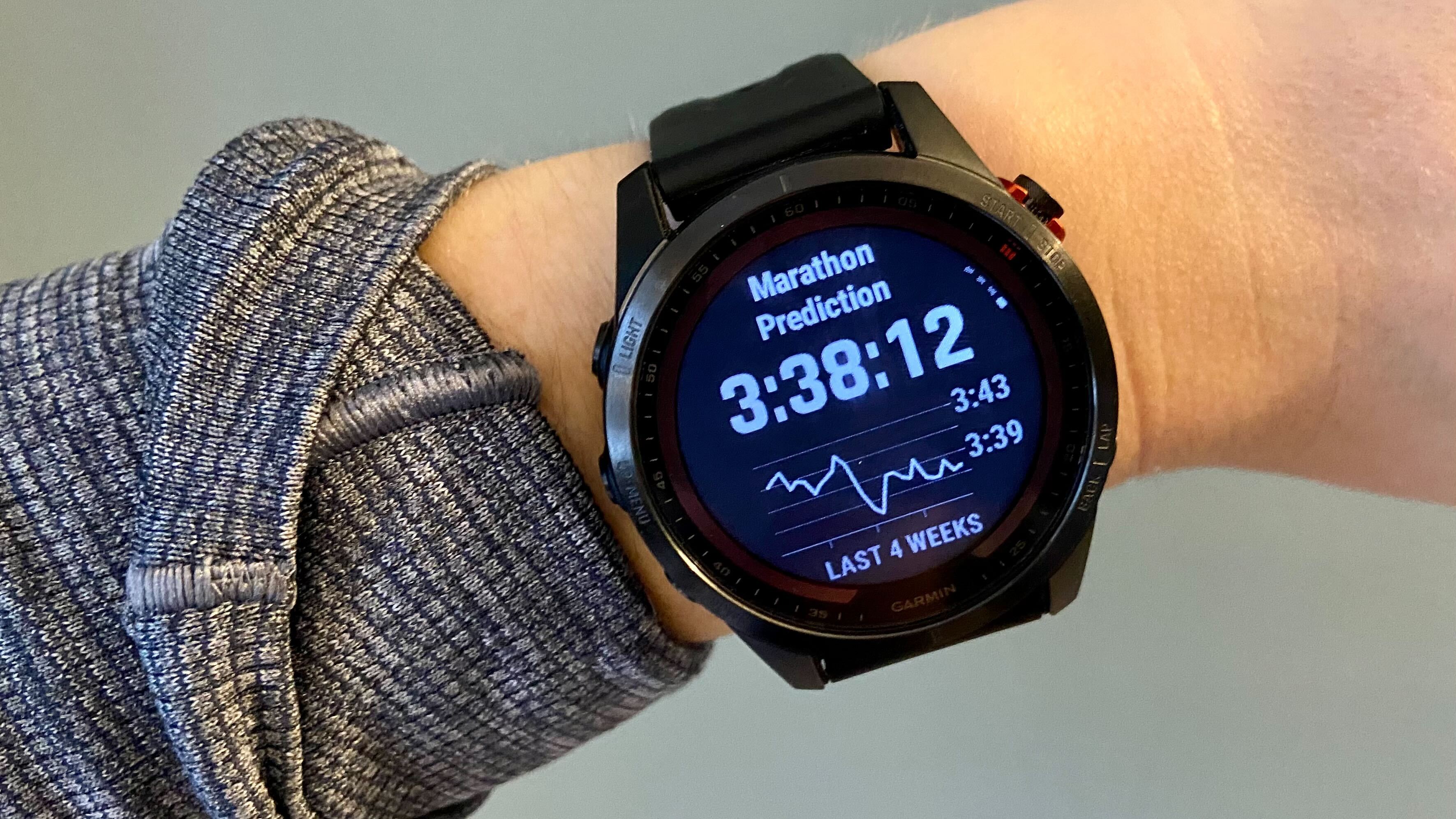
That said, while the Fenix 7 screen isn’t as bright, it is still clearly visible in pretty much all lights, and there’s a backlight that can be activated by pressing the top right button, meaning you’ll never be squinting to view the details on your watch. The MiP display also uses a lot less power than AMOLED, meaning that the Fenix 7 range has far greater battery life.
The screen on the Epix is just nicer to look at, but these are both high-spec watches, and the touchscreen is a big improvement on the Fenix 7 vs the Fenix 6.
Winner: Garmin Epix 2
Garmin Fenix 7 vs Garmin Epix 2: Battery life
If you are a runner, hiker, or rider looking to go out on a multi-day adventure, battery life matters, and when it comes to battery life, the Garmin Fenix 7 is seriously impressive. Garmin says in normal GPS mode, the Fenix 7 watches have up to 57 hours of battery life, and this is extended to 73 hours with solar, which is far longer than that on most of the best GPS watches.
In the Fenix 7, Garmin says it has significantly improved the solar capabilities of the watch. The company said it has done this by increasing the surface area of the solar panels on the watch by up to 54%, increasing the efficiency of the solar panels, and by decreasing the power draw of the watch itself.
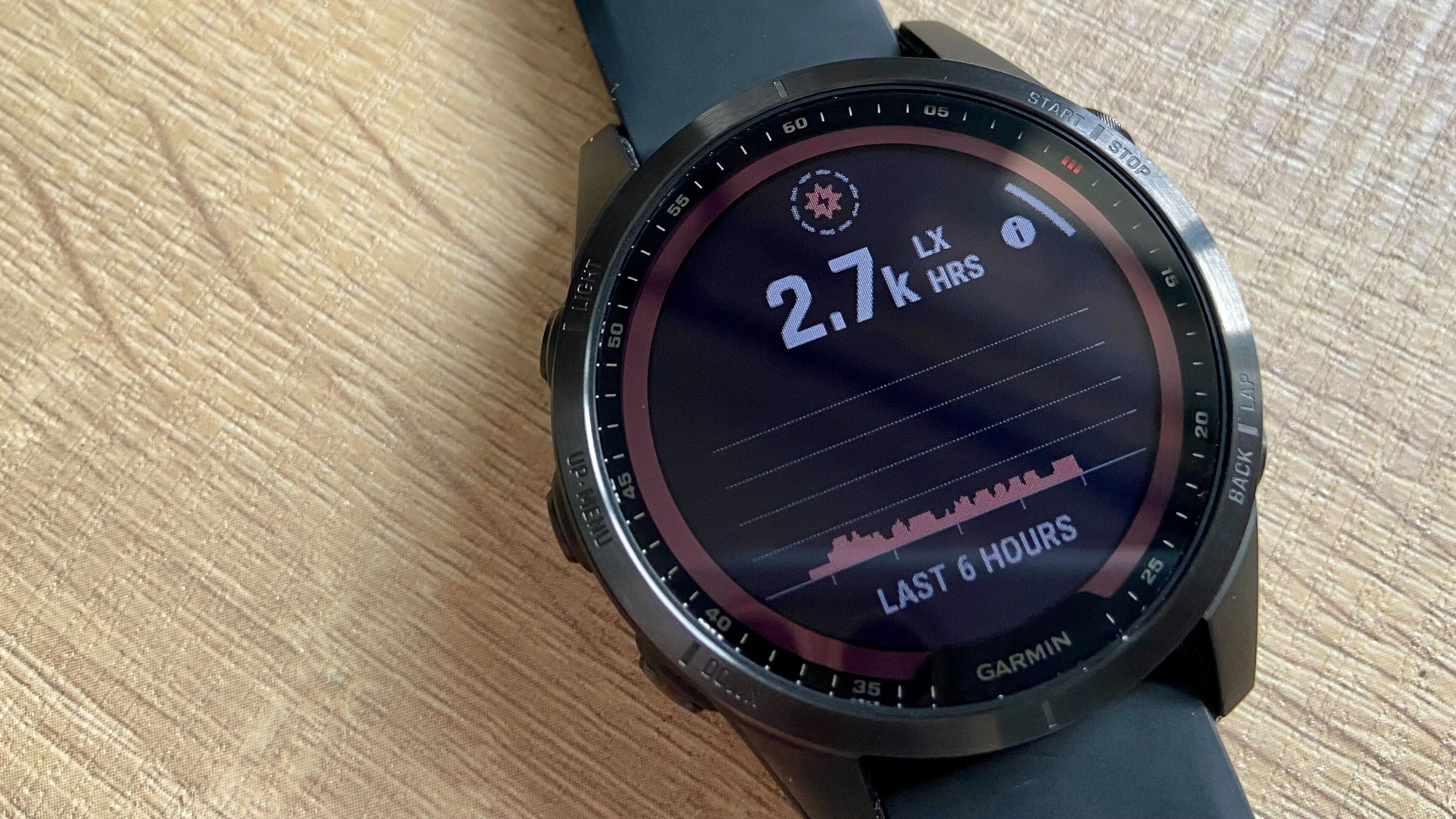
That said, in order to make this a fair test, we must compare the Fenix 7 without solar capabilities to the Epix 2. The Fenix 7 has a battery life of 18 days in smartwatch mode, compared to the Epix’s 16 days. In battery saver mode, you can go 57 days between charges with the Fenix 7, compared to 21 days with the Epix. In GPS mode, the Fenix 7 lasts 57 hours, whereas the Epix will last 42 hours, 30 hours if you’re using the always-on display. Finally, in expedition GPS mode, the Fenix 7 will last 40 days, and the Epix will last 14 days.
| Header Cell - Column 0 | Fenix 7 | Fenix 7 Solar | Fenix 7X Solar | Epix second gen |
|---|---|---|---|---|
| Smartwatch mode | 18 days | 22 days with solar | 37 days with solar | 16 days (6 with always-on screen) |
| Battery saver smartwatch | 57 days | 173 days with solar | 1+ year with solar | 21 days |
| GPS | 57 hours | 73 hours with solar | 122 hours with solar | 42 hours (30 hours always-on) |
| Max battery GPS | 136 hours | 289 hours with solar | 578 hours with solar | 75 hours |
| Expedition GPS | 40 days | 74 days with solar | 139 days with solar | 14 days |
If you do opt for a solar Fenix 7, these numbers jump up significantly, with the Fenix 7 Solar lasting 22 days in smartwatch mode, 173 days in battery saver mode, 73 hours in GPS mode, and 74 days in expedition GPS. The Fenix 7X Solar has a 37-day battery life in smartwatch mode, a year plus battery life in battery saver mode, 122-hour battery life in GPS mode, and 139-day battery life in expedition GPS.
Winner: Garmin Fenix 7
Garmin Fenix 7 vs Garmin Epix 2: Fitness tracking and features
Arguably, the most important element of any sports watch is its ability to track your heart rate, sleep, stress, and sporting activities. Luckily, both watches are remarkably similar when it comes to fitness tracking. Starting with heart rate, the Garmin Fenix 7 and Epix have Garmin’s Elevate V4 sensor, which we first saw in the Garmin Venu 2. The sensor monitors heart rate, as well as blood oxygen levels. The sensor on the back flashes green when it’s measuring heart rate, and red when it’s measuring blood oxygen (also known as pulse oximetry, or Pulse Ox).
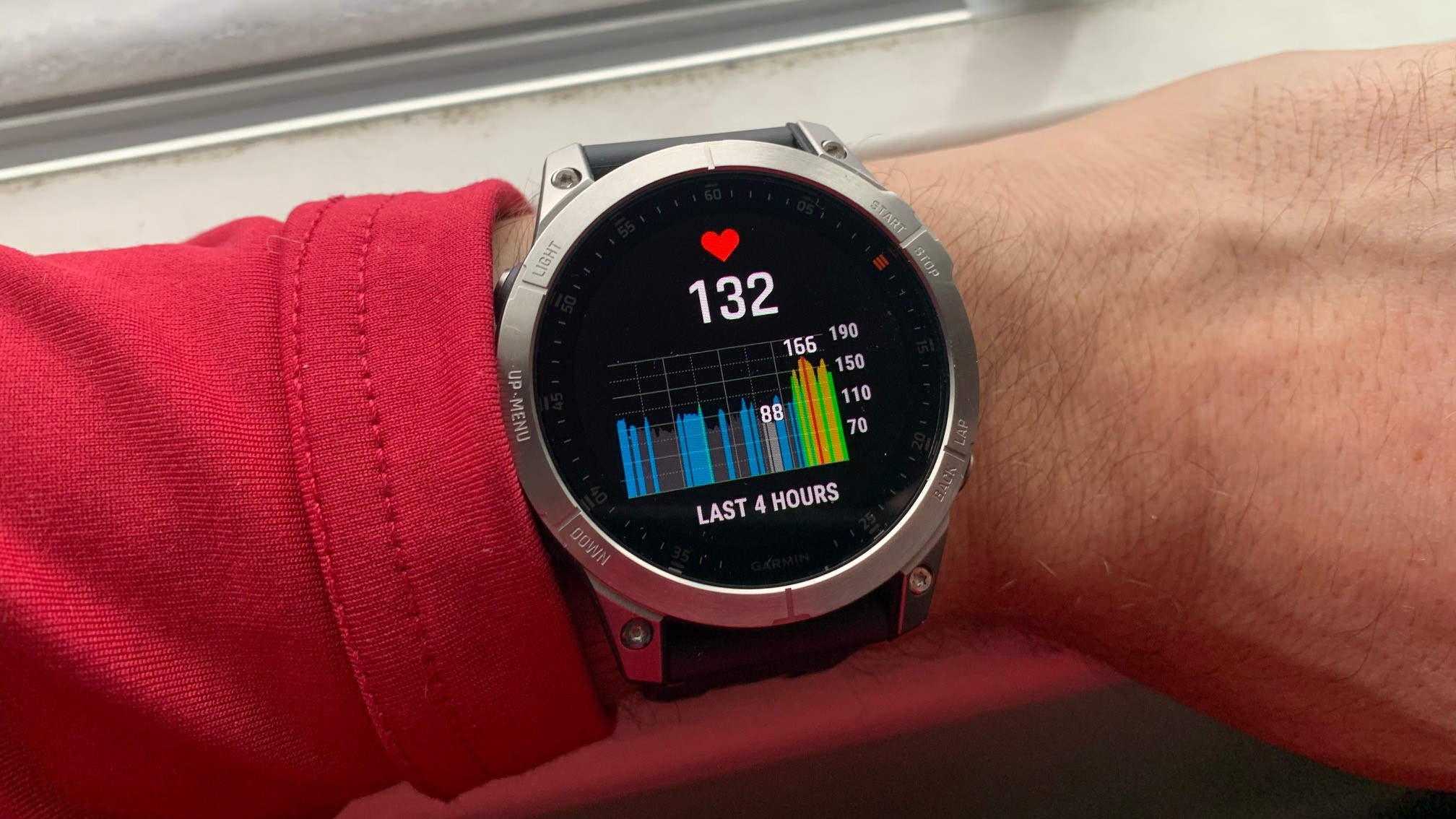
As well as heart rate and blood oxygen levels, both the Fenix 7 and the Epix can measure temperature, sleep, stress, and respiration 24 hours a day.
There are also activity tracking modes for just about everything, including new sports profiles: Adventure Race, Wind Surfing, Kite Surfing, Tennis, Pickleball, Snowshoe, eBike, eMTB, Road, Mountain, Indoor, Gravel, Cyclocross, Commute, and Tour.
Both have Garmin’s new Stamina and Up Ahead features. Stamina is designed to allow you to track and manage your exertion on a ride or run. Up Ahead is another new feature designed for ultrarunners. It shows you the upcoming course points at a glance, providing you with the exact location of aid stations, trails, and turns, as well as the next three after that, from preloaded TopoActive maps.
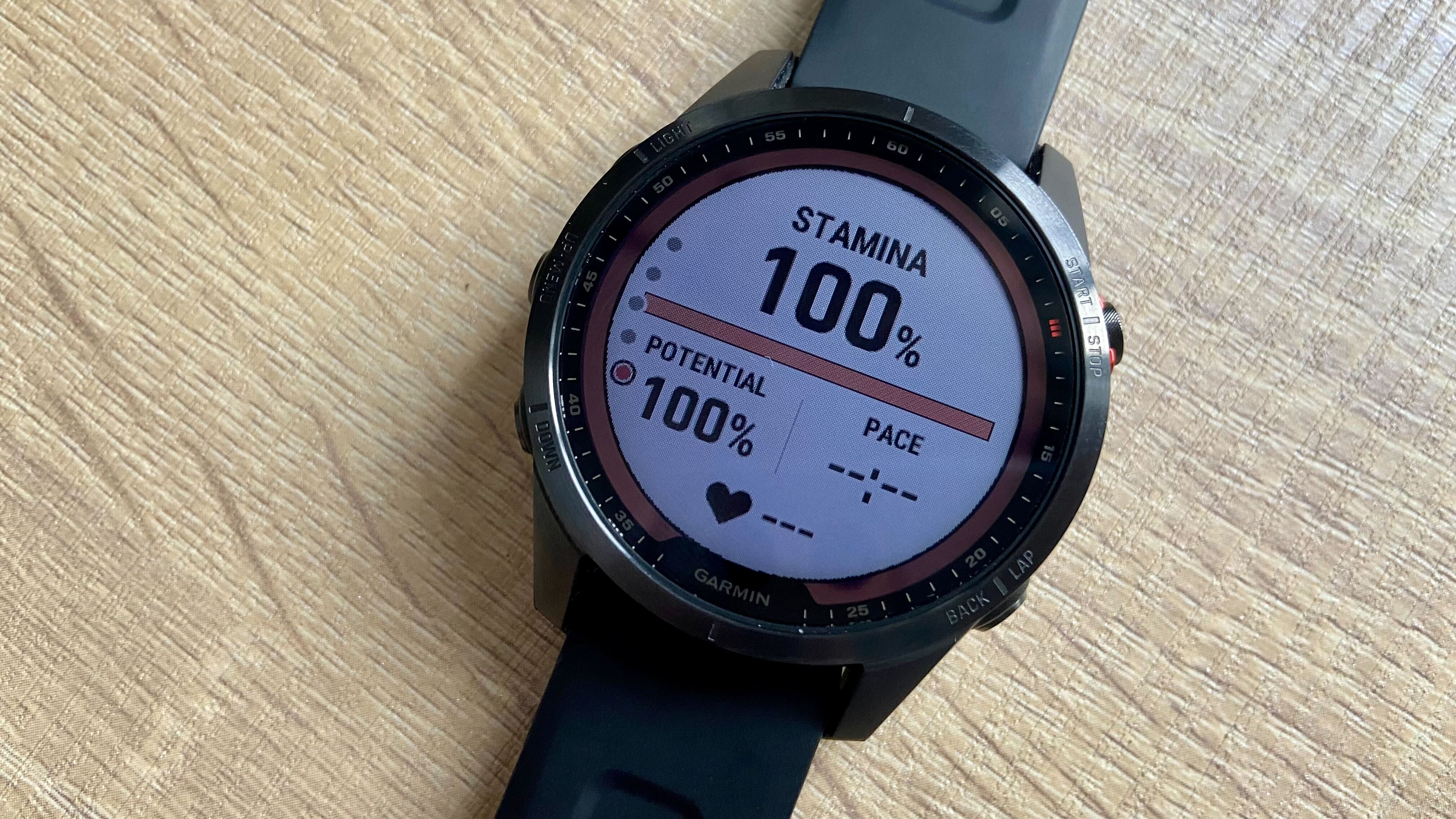
Both watches also tell you your seven-day training load from your wrist, so you can see at a glance whether you’re overtraining and at risk of injury. They also both show visual race time predictors, allowing you to see your predicted finish time for a 5K, 10K, half marathon, and marathon.
When it comes to the differences between the two, only the Epix allows you to see animated workouts on your wrist. These are handy and easy to see on the AMOLED display, although probably not a deal breaker.
A cool fitness feature available on the Fenix 7X (the most expensive watch in the Garmin Fenix 7 line), is a flashlight. The Fenix 7X watches contain a three-LED flashlight on the top of the unit: two LEDs are white, and one is red. The flashlight can be used in situations where you might use your phone’s flashlight, but can also be used in certain sports modes, as the flashlight can blink or pulse on a bike ride. There is also a running-specific cadence visibility flashlight and an SOS beacon flashlight mode. Again, though, probably not a deal breaker.
Winner: It’s a tie. As the watches are pretty-much identical from a fitness tracking point of view, this one is too close to call.
Garmin Fenix 7 vs Garmin Epix 2: Smartwatch features
Again, things look very similar here. When the watches were launched in Spring 2022, one of the reasons Garmin developers gave for adding touchscreens to the devices was to make them more versatile as smartwatches. While the touchscreen undoubtedly makes it easier to zoom in on a point on the map when you’re hiking, it also makes it easier to scroll through a text when you’re on the move.

Both watches have all the smartwatch features you’d expect — Garmin Pay for making contactless payments from your wrist, music storage for up to 2,000 songs, smartphone notifications, and call and text notifications. Unlike the Garmin Venu 2, there’s no microphone in either watch, although it’s thought to be due to the waterproofing standard of the higher-end watches.
Winner: It’s a tie.
Garmin Fenix 7 vs Garmin Epix 2: Verdict
So, which should you buy? As you’ll probably notice if you’ve gotten this far, these two watches are awfully similar. Garmin itself has said the Fenix 7 is designed for the ‘elite’ athlete, whereas the Epix is best suited for those working out in the gym. What it really comes down to is how often you want to charge the watch, and how tough you need it to be.
If you’re heading out on a multi-day adventure, where you might be climbing rock faces, you’ll probably want the battery life and Sapphire screen of the Fenix 7 line. If you’re training for a marathon and don’t mind charging your watch once a week, the Epix will look great on your wrist, and will definitely last longer than your Apple Watch 7 in terms of battery life.
Both are excellent, top-of-the-line smartwatches, with pretty-much identical features. If you’re on a budget, however, we’d opt for the entry-level Fenix 7 — the Epix screen isn’t worth an extra $200 in our eyes.

Jane McGuire is Tom's Guide's Fitness editor, which means she looks after everything fitness related - from running gear to yoga mats. An avid runner, Jane has tested and reviewed fitness products for the past five years, so knows what to look for when finding a good running watch or a pair of shorts with pockets big enough for your smartphone. When she's not pounding the pavements, you'll find Jane striding round the Surrey Hills, taking far too many photos of her puppy.
